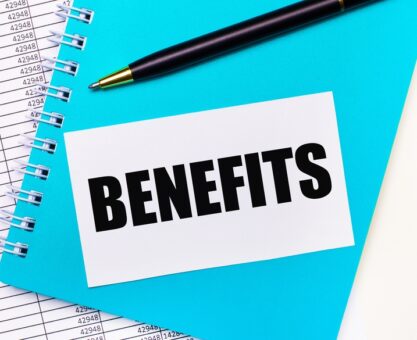The OPM is famous for delays in processing retirement applications, especially toward the end of the calendar year. If your application is incomplete or failed to check your work record for accuracy, it can cause longer processing delays. That’s why it’s important to calculate the income you can expect in the first months of your FERS retirement to ensure you can cover your expenses.
Within The First 2 Weeks: Unused Annual Leave Lump Sum
Your annual leave lump sum can help cover living expenses as you wait for your first interim annuity payment. Since it’s usually taxed as income, it’s subject to 20% federal tax withholding. For complete information, download the OPM’s Annual Leave Fact Sheet.
“While you’re in interim pay status, the OPM withholds federal income taxes.”
Within 3 To 4 Weeks: Interim Annuity (Pension)
After your last paycheck, you’ll be put into interim pay status. Interim payments are approximately 60% to 80% of your full net annuity and usually start within three to four weeks after you retire.
However, it can take longer. In fact, in November of 2023, the average wait for the first Interim Annuity payment was 39 days for an error-free application. For applications with errors, the wait was over 100 days.
While you’re in interim pay status, the OPM withholds federal income taxes. While your FEHB and FEGLI premiums will not be withheld at this time your coverage will continue.
Within 3 To 5 Months: First Full Annuity Check
Once your retirement application is fully processed, you should receive your first full check within three to five months. Of course, as mentioned above, if your application was submitted with errors or missing information it can take much longer.
Deductions will include federal income taxes, the survivor benefit you elected, your portion of your FEHB premium, plus FEDVIP and FEGLI premiums. Since FLTCIP is a John Hancock insurance product, you can choose to pay your premium out of pocket or have it automatically deducted from your monthly annuity.
Other Income You Can Expect
The timing of your TSP distributions and Social Security retirement beneft is entirely up to you. If you want to start taking TSP distributions upon retirement, you can choose monthly, quarterly, or annual installment payments. Or, you can choose to leave your money in your TSP to grow.
As for Social Security, you can file as early as age 62 (for a reduced benefit), at your Full Retirement Age (for 100% of your benefit), or delay until age 70 and increase your benefit (by about 124%).
Connect with an FRC® trained advisor to learn more.


























